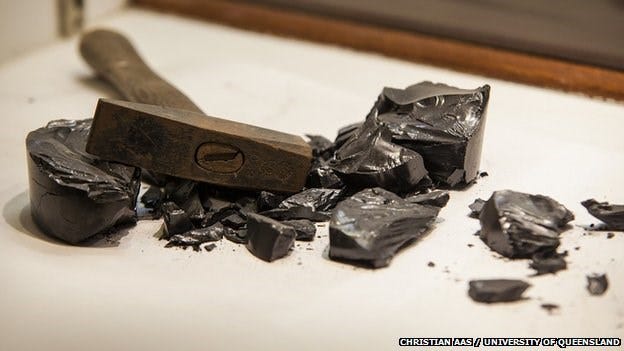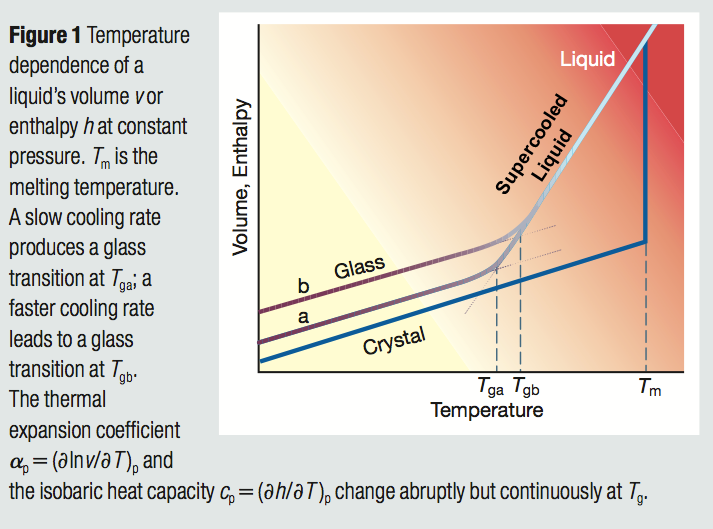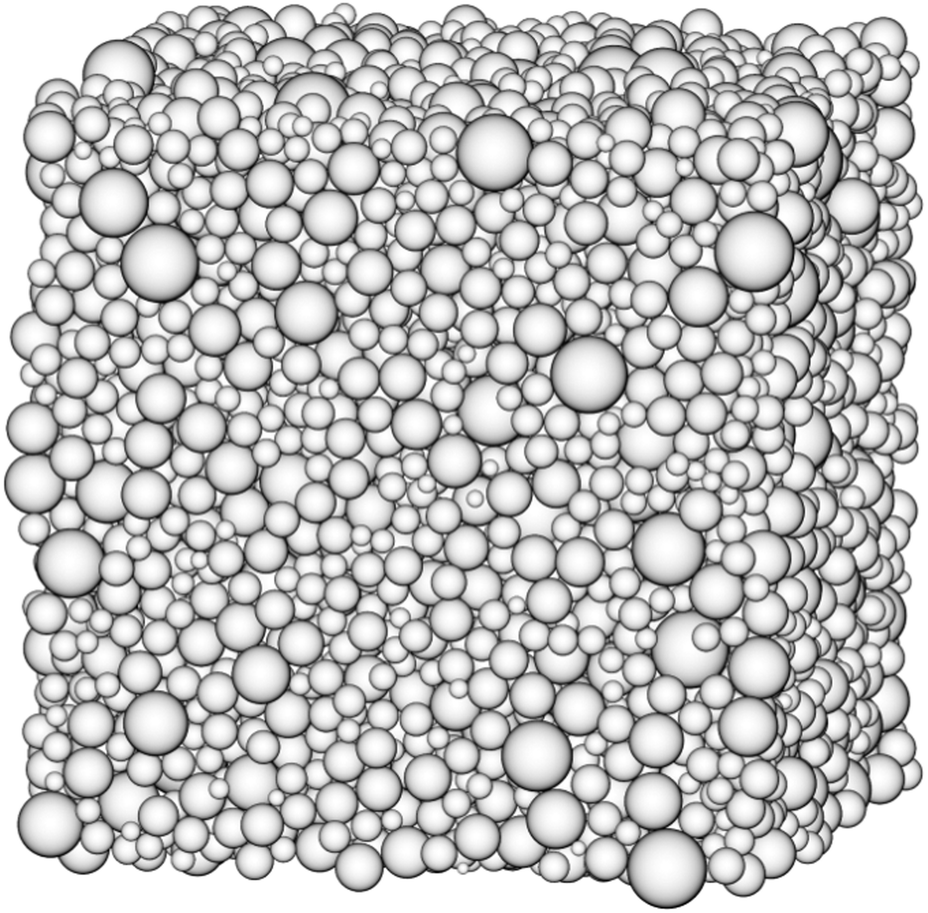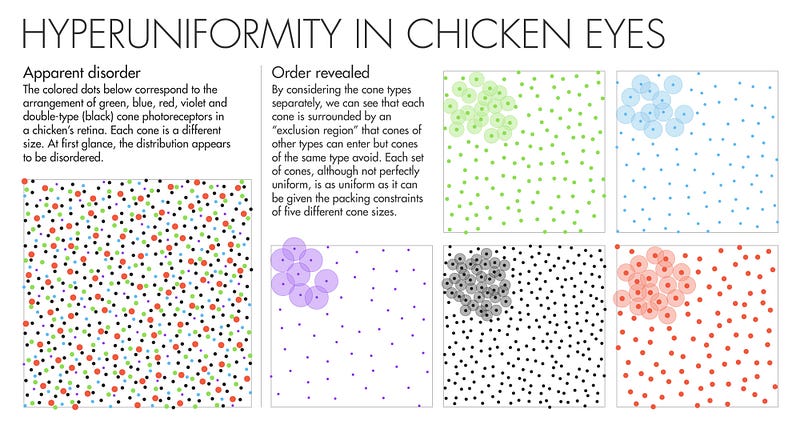Unraveling the World's Longest Experiment: The Pitch Drop Mystery
Written on
Chapter 1: The Pitch Drop Experiment
The Pitch Drop Experiment stands as a remarkable testament to the intricacies of physics, challenging our understanding of materials. One drop of pitch, a substance that falls approximately once every decade, raises profound questions about the nature of solids and liquids. Is pitch a solid or a liquid? The answer is more nuanced than one might expect, intertwining with fundamental issues in physics that permeate our daily experiences.
In 1927, Professor Thomas Parnell initiated this experiment to showcase to students the dual characteristics of certain materials. He poured a heated pitch sample into a funnel and let it settle for three years. However, three years proved insufficient to observe the full scope of the experiment. To this day, the pitch drops roughly every ten years, illustrating its extraordinary properties. Interestingly, if struck with a hammer, pitch behaves like a solid and shatters.

Although pitch may seem unique, it is not. Derived from petroleum or coal tar, pitch is commonly used in asphalt and roofing as a waterproofing agent. In reality, many common materials, like glass, plastic, and even mayonnaise, exhibit both solid and liquid characteristics.
Why, then, does this issue remain unresolved? The answer lies in the concept of the glass transition.
Section 1.1: Understanding Phase Transitions
Statistical physics predicts a sudden change in a physical property during the phase transition from solid to liquid. For instance, the volume of a typical solid increases with temperature, leading to a sharp volume change at the melting point. This phase transition is accompanied by latent heat, the energy necessary to overcome molecular forces within the solid.
However, the liquid-to-glass transition differs significantly.

A liquid nearing its glass transition avoids melting entirely, instead remaining a liquid at lower temperatures, termed supercooled. These supercooled liquids, like pitch, display extremely high viscosity, which increases as the temperature drops. For context, pitch's viscosity is estimated to be 230 billion times greater than that of water!
At even lower temperatures, one faces the dilemma of determining whether a substance is a solid or an exceedingly slow liquid.
Chapter 2: The Glass Transition Conundrum
The process of glass-blowing dates back to the 1st century BC. Once glass is formed and cooled, it may take millions of years to reach an equilibrium state. Comparatively, the pitch drop experiment is still in its infancy.
Here lies the question:
In crystalline structures, molecules arrange in an orderly fashion, rendering viscosity infinitely high. Is there a corresponding glass transition temperature below which viscosity becomes infinite? However, how can one experimentally validate this concept, given that a liquid near its glass transition may take eons to flow?
The glass transition behaves logarithmically; as a freshly blown glass cools, the first solidification may occur in a minute, but achieving significant increases in viscosity can take much longer.
The Longest Running Physics Experiment? The Pitch Drop Experiment
This video explores the history and significance of the Pitch Drop Experiment, highlighting its implications for understanding material properties.
The ongoing debate is whether disordered glass possesses hidden order. Various theories propose an ideal glass transition temperature below which molecular motion ceases entirely. At this temperature, molecules appear locked in place, akin to densely packed spheres. Yet, quantifying such order remains an open question.

The Failure of Physical Laws
Physical laws are pivotal in predicting phenomena. While these laws may seem immutable, they can adapt. Statistical physics was conceived to analyze material behaviors during transformations. It embodies averages: individual atomic movements are random, yet collective behavior can be anticipated.
However, when conditions deviate from established norms, physical laws can falter.

Several factors contribute to the breakdown of laws in statistical physics:
- Lack of Averaging: In traditional crystals, atomic movements average out, while in glasses, this averaging is less effective, affecting larger systems.
- Finite Size Effects: Real-world materials cannot be assumed to contain infinite molecules.
- Timescales: The transition from solid to liquid can be approximated as instantaneous, but the liquid-to-glass transition might span millions of years.
Despite these challenges, we can make reliable predictions about reality, albeit with limitations. For instance, some scientists anticipated the COVID-19 pandemic's potential impact without understanding its precise timing.

In conclusion, the failure of physical laws often stems from unmet foundational assumptions. While some laws may be replaced, others might lack a universal explanation.
The central theme of this discussion centers on whether pitch is fundamentally a solid or a liquid and whether hidden order exists within apparent chaos. Understanding these complexities could unveil a deeper order underlying our unpredictable world.
If you enjoyed this exploration, consider following the Emergent Phenomena publication for insights into how complex behaviors arise in both materials and societies.
Pitch Drops Again in the World's Longest Experiment
This video revisits the Pitch Drop Experiment, showcasing its ongoing relevance and the scientific questions it continues to raise.

